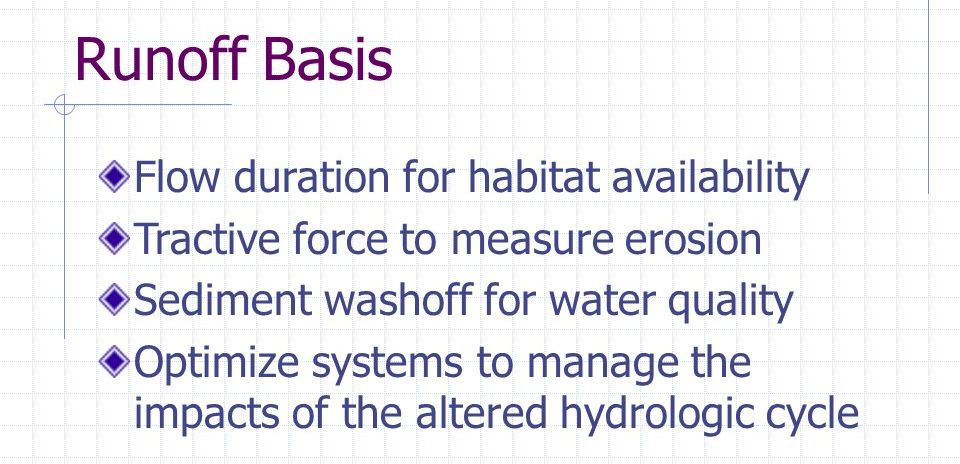Looking at Rainfall Differently: "Stormwater management is at a crossroad," wrote Jim Dumont in a magazine article published in 2006
Note to Reader:
The first published article about the “Beyond the Guidebook Initiative” appeared in the September-October 2006 issue of Innovation Magazine, the Journal of the Association of Professional Engineers and Geoscientists of British Columbia (APEGBC). Authored by Jim Dumont, Engineering Applications Authority for the Inter-Governmental Water Balance Model Partnership (IGP), the article introduced the technical considerations and desired environmental outcomes underpinning Beyond the Guidebook. This kicked off the branding of the initiative by the IGP.
Stormwater Management:
A Discipline in Transition
 “Experience has taught engineers that we must always be learning, stretching the bounds of expertise, and anticipating new requirements. The last decade has seen attempts to reduce the impacts our society has upon the aquatic environment,” wrote Jim Dumont in an article published by APEGBC in Innovation Magazine prior to his presentation at the 2006 Annual Conference. “Today society is demanding that there be no adverse impacts to the environment from the process of creating an urban setting.”
“Experience has taught engineers that we must always be learning, stretching the bounds of expertise, and anticipating new requirements. The last decade has seen attempts to reduce the impacts our society has upon the aquatic environment,” wrote Jim Dumont in an article published by APEGBC in Innovation Magazine prior to his presentation at the 2006 Annual Conference. “Today society is demanding that there be no adverse impacts to the environment from the process of creating an urban setting.”
Why “Beyond the Guidebook”
“We now have the Stormwater Guidebook for British Columbia, which was published in 2002. The Guidebook offers direction and guidance on how to do stormwater management planning, design principles, and outlines objectives. Portions of the Guidebook have been adopted by regulatory agencies. Some municipalities have gone so far as to implement elements of the Guidebook into their bylaws governing design of infrastructure within their borders.”
 “We must be driven to investigate the problems and issues that stimulated the preparation of the Guidebook. In doing so, we will be able to advance the science and engineering practice in a manner intended by the author and proponents of the Guidebook. Is it time to now go ‘Beyond the Guidebook’? Do we have the knowledge to allow us to do this? The answer to both questions should be yes.”
“We must be driven to investigate the problems and issues that stimulated the preparation of the Guidebook. In doing so, we will be able to advance the science and engineering practice in a manner intended by the author and proponents of the Guidebook. Is it time to now go ‘Beyond the Guidebook’? Do we have the knowledge to allow us to do this? The answer to both questions should be yes.”
“We are at a crossroad in the path defining the methodologies and applications used in stormwater management. Whether one realizes it or not, there are two paths to follow. The fundamental difference between the two approaches lies in how rainfall data is used.”
Runoff-Based versus Rainfall-Based Approach
“One path leads to the analysis of runoff and its interaction with the physical aspects considered important to the aquatic environment. This path we have termed the Runoff Based Approach. Without realizing it many have already taken the other path, one that we have termed theRainfall Based Approach,” stated Jim Dumont.
“We see the need for both approaches and they can be complimentary. The runoff based approach is best suited to the analysis needed for assessing environmental impacts and effectiveness of mitigation techniques.”
“In this there is an underlying need to focus upon the small runoff events that can overwhelm fragile environmental systems. The flood protection measures can and should be designed with reference to extreme events using the established rainfall based approaches,” concluded Jim Dumont.
To Learn More:
Download and read the complete article titled Stormwater Management: A Discipline in Transition, as published in Innovation Magazine by the Association of Professional Engineers and Geoscientists of BC, September-October 2006.




